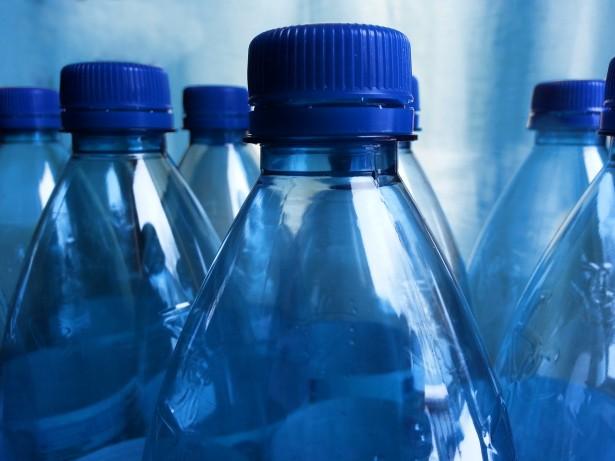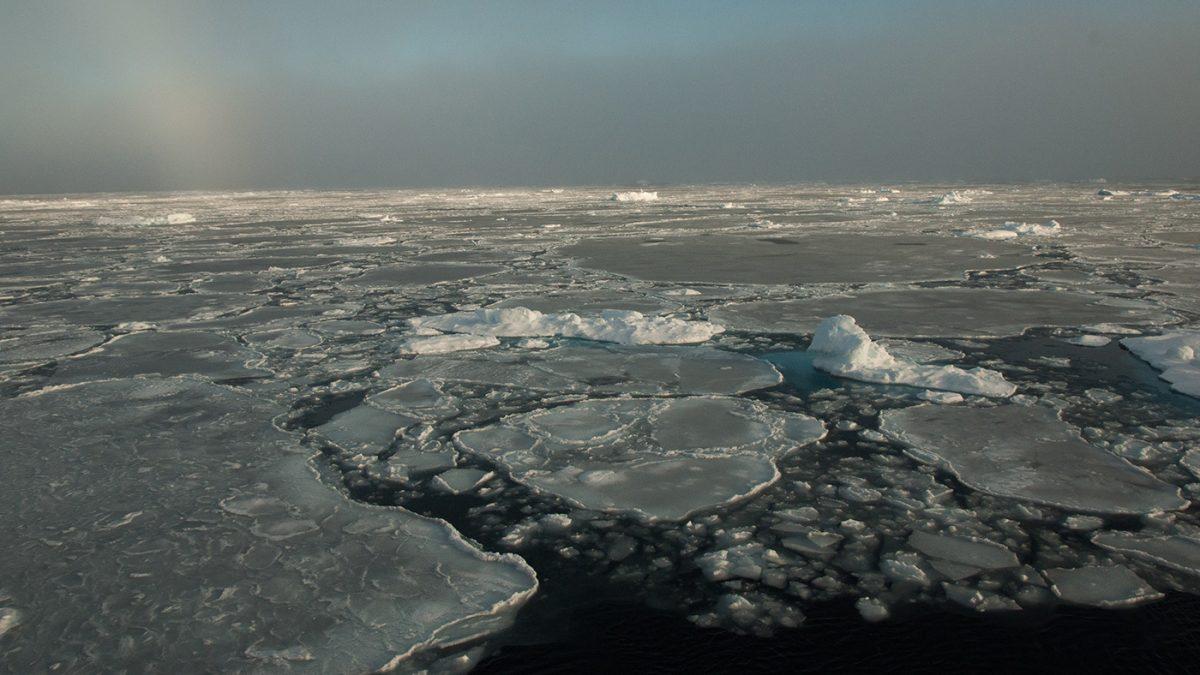Scientists have found that bacteria might be the key to degrading plastics which would otherwise sit in landfills or the ocean for hundreds of years. Plastic is notorious for being very hard to degrade in normal conditions. Despite this difficulty in disposal, the material is widely used on a global scale. While recycling can help curb the need for the production of new plastic, only a small percentage of the world’s plastic actually does get recycled. The rest often ends up polluting landfills or contaminating oceans. In parts of the Atlantic Ocean where currents cause a collection of debris to occur, there can be as much as 1,100 tons of plastic present in the water.
One avenue explored by scientists to reduce plastic in landfills is the conversion of PET plastic to PHA plastic using bacteria. PET plastic takes a very long time to degrade, and recycling this plastic just creates more of the same kind. However, PHA plastics can degrade in water and carbon dioxide. Additionally, for companies that earn profits by recycling and selling plastics, PHA is much more profitable. It is used in medical supplies and other high-quality, high-value products. Researchers at University College in Dublin, Ireland, found that if a strain of Pseudomonas bacteria fed on PET plastic, the result was a conversion to PHA plastic. This is a process that, if brought into the mainstream commercial market, could make a huge difference in the time it takes for discarded plastic to degrade.
A recent study by marine microbiologists at the Woods Hole Oceanographic Institute in Massachusetts has revealed that bacteria might be helping to break down plastic in the oceans as well. This would explain a confusing phenomenon in which the amount of plastic build-up in the oceans does not match the estimated rate of pollution that is inflicted upon them. To explore this, microbiologist Tracy Mincer collected samples of plastic from the Sargasso Sea region of the Atlantic Ocean. The samples were examined under a powerful microscope. This close-up view revealed bacteria in small pits on the plastic. It seemed that they were digesting the synthetic surface.
Mincer described this phenomenon, saying, “They look like you took a hot barbecue briquette and threw it into snow. You see this melting bit all around the outside of the cells, and they’re just burrowing into the plastic.”
Mincer and another microbiologist at the Woods Hole Marine Biological Laboratory, Linda AmaralZettler, have been working to sequence and identify the genome of the bacteria that was discovered. There appears to be more than one variety. A quarter of the cells were vibrios, bacteria that are related to those that cause cholera. Some of the organisms were not bacteria at all. This diversity in species suggests a level of complexity in the communities that are forming on the plastic, which was not anticipated. Perhaps the presence of plastics in the ocean has given rise to an entirely new habitat for microorganisms.
What is still unclear for scientists is whether or not the degradation of plastic by oceanic bacteria is actually beneficial. Plastic can be broken down into toxic byproducts, and a deeper understanding of the bacteria’s role in the entire ocean environment will be needed before a conclusion can be drawn. Microorganisms are often eaten by other, larger, life forms. If this is the case, presence of toxic byproducts could be having an effect across the food web.
Whether or not the bacteria turn out to be beneficial, it is clear that microorganisms have a role to play in the future of waste management. There is still a very limited understanding of the importance of microorganisms and what they can do. These studies may begin the search for an entirely new mode of recycling and disposing of plastics.







